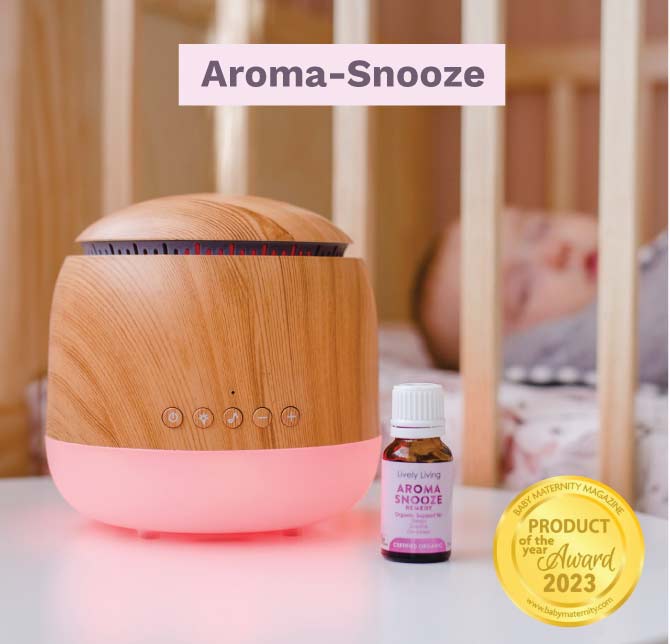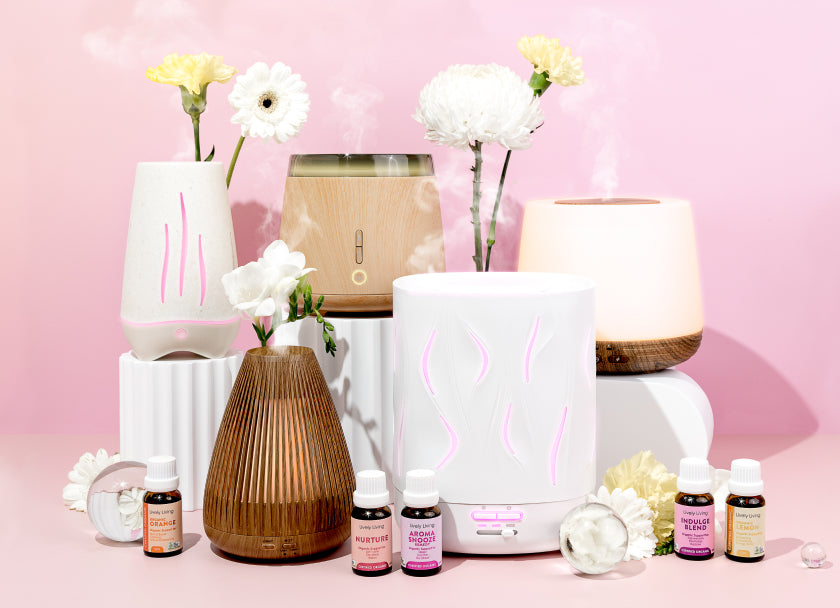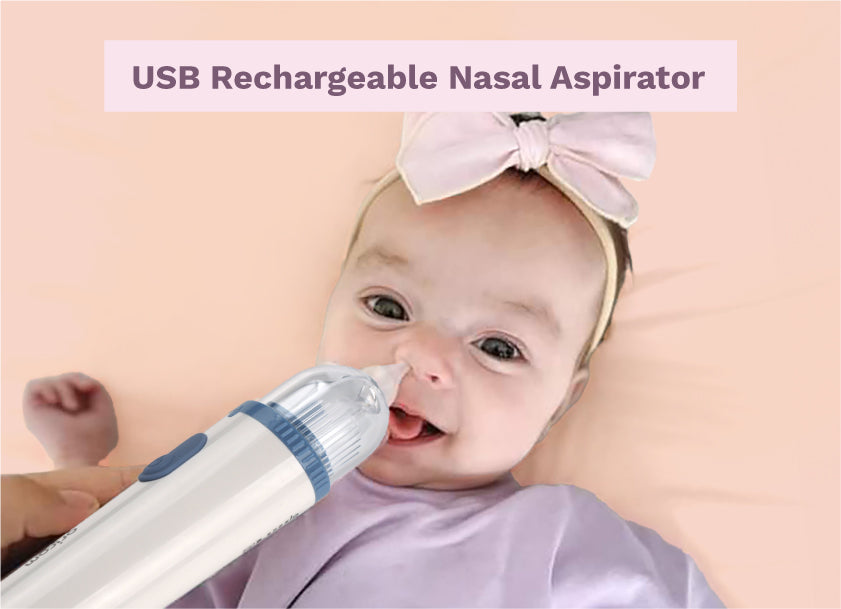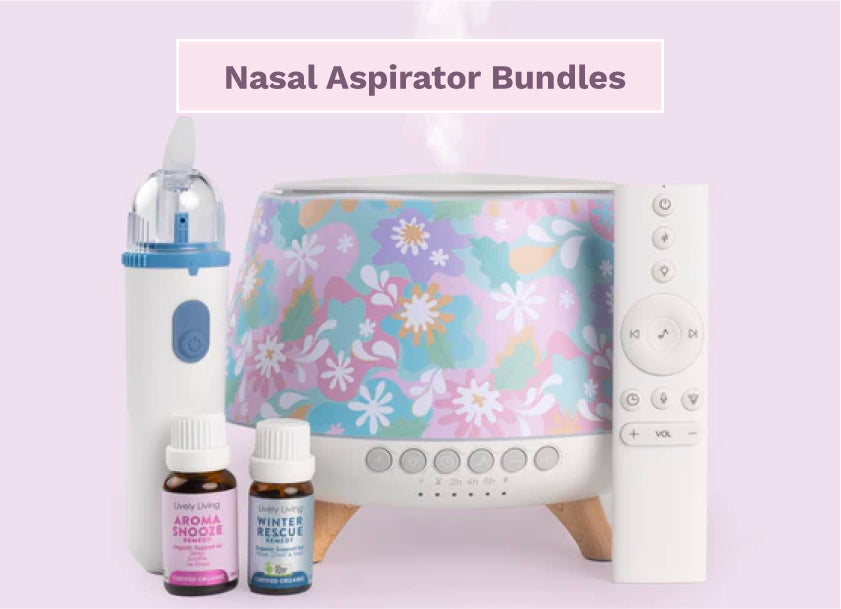Safe Baby Sleep Positions: A Guide
As a new parent, you want your baby to sleep safely and soundly. With so much advice circulating, figuring out the best approach can feel overwhelming. Let's simplify things and focus on safe baby sleep positions, a critical aspect of infant safety.
Understanding the recommended sleeping position and overall safe sleep environment helps protect your little one. This knowledge can reduce the risk factors associated with sudden infant death syndrome (SIDS) and other sleep-related infant deaths.
Table Of Contents:
- The Safest Sleep Position for Babies
- Why Back Sleeping is Safest
- What About Side Sleeping?
- Tummy Time: Important But Not for Sleep
- Creating a Safe Sleep Environment
- Addressing Common Concerns
- When Babies Start Rolling
- Safe Sleep for Preemies and Babies with Special Needs
- The Importance of Consistent Safe Sleep Practices
- Conclusion
The Safest Sleep Position for Babies
Regarding safe baby sleep positions, health professionals and pediatric organizations have a clear consensus: back is best. The American Academy of Pediatrics (AAP) strongly recommends that healthy babies always be placed on their backs for sleep. This includes both nighttime sleep and naps.
This vital advice applies throughout the first year of life. Its importance is most pronounced during the initial few months when the sids risk is statistically highest. Consistently placing infants on their backs has significantly lowered the rates of sudden infant death syndrome.
Organizations like Red Nose champion these safe sleeping messages. They work to educate parents and care providers about the importance of the back sleeping position for infant safety.
Why Back Sleeping is Safest
Why is the back sleeping position strongly recommended for safe infant sleeping? When babies sleep supine (on their backs), their airway is clearer and more protected. Their trachea (windpipe) lies on top of their esophagus (food pipe) in this position.
If a baby spits up or refluxes while on their back, gravity helps the fluid flow back down the esophagus, away from the airway. This positioning makes it inherently more difficult for fluid to enter the windpipe, reducing the risk of choking or aspiration. It minimizes the chances of airway obstruction.
Back sleeping also reduces the risk of rebreathing exhaled air, a potential contributor to SIDS. When babies sleep face down, they might rebreathe air trapped in soft bedding, leading to carbon dioxide buildup and low oxygen levels. It also helps prevent overheating, another known risk factor for infant death.
What About Side Sleeping?
Some parents wonder if placing their baby on their side is a safe alternative. Despite seeming like a middle ground, side sleeping is not recommended by safe sleep guidelines. The primary concern is instability.
Babies placed on their side can easily roll onto their stomach, the position with the highest SIDS risk. This unintentional rolling increases the danger significantly, especially for younger infants who lack the strength to correct their position. Therefore, caregivers should avoid the side sleeping position entirely when placing an infant down.
However, if your baby independently rolls onto their side or tummy during sleep, you generally do not need to reposition them constantly. Once infants demonstrate consistent two-way rolling (back-to-tummy and tummy-to-back), typically around 4 to 6 months, they usually have the developmental maturity to move out of potentially dangerous situations. The initial placement should still always be on the back.
Tummy Time: Important But Not for Sleep
While back sleeping is crucial for safe sleep, tummy time is equally important for development during waking hours. Tummy time involves placing your baby on their stomach while they are awake and being closely watched. This activity is vital for building strength in the neck, shoulders, arms, and back muscles.
Regular tummy time helps babies reach developmental milestones like lifting their head, rolling over, and eventually crawling. It also plays a role in preventing positional plagiocephaly, or flat spots, on the back of the baby's head that can sometimes occur with consistent back sleeping. Start with short sessions of a few minutes, several times a day, gradually increasing the duration as your baby gets stronger and more comfortable.
It's critical to remember the distinction: tummy time is for supervised, awake periods only. The safe sleep position remains consistently on the back for all sleep, naps included. Even babies who enjoy tummy time must be placed on their back when it's sleep time.
Creating a Safe Sleep Environment
Safe baby sleep positions are foundational, but they are part of a larger picture: the overall safe sleep environment. A truly safe sleep space involves several key elements working together to minimize risks. Health care providers emphasize these components based on recommendations from groups like the AAP Task Force on SIDS and national scientific advisory groups.
Here are essential components for creating a safe sleeping environment for your baby:
- Use a firm, flat sleep surface. This means a crib, bassinet, or play yard mattress that meets current safety standards, covered only with a tightly fitted sheet. Avoid any incline or angle on the sleep surfaces.
- Keep the baby's sleep space completely clear. There should be no pillows, blankets, quilts, sheepskins, bumper pads, stuffed animals, or other soft bedding in the infant sleeping area. These items pose suffocation, entrapment, and overheating hazards. A clear space is a safer space.
- Dress your baby appropriately for the room temperature. Use layers of infant clothing or a wearable blanket (like a sleeping bag designed for infants) instead of loose blankets to keep the baby warm. Avoid overheating, which is a known sids risk factor.
- Maintain a comfortable room temperature. The room shouldn't be too hot or too cold; aim for a temperature that feels comfortable for a lightly clothed adult.
- Consider offering a pacifier at nap time and bedtime once breastfeeding is established. Studies suggest pacifier use is associated with a reduced risk of SIDS, though the exact reason isn't fully understood. If the pacifier falls out during sleep, you don't need to put it back in.
- Avoid bed sharing. The AAP recommends room-sharing (keeping the baby's sleep space in the same room where you sleep) without bed sharing (sleeping with the baby in an adult bed or on a couch or chair). An adult bed often contains soft bedding, pillows, and potential entrapment areas, significantly increasing the risk of accidental suffocation or SIDS, especially for infants under 4 months.
- Never place a baby to sleep on a couch, armchair, or cushion. These surfaces are extremely dangerous due to the high risk of suffocation or entrapment.
- Avoid exposure to smoke, alcohol, and illicit drugs. Prenatal and postnatal exposure to tobacco smoke increases SIDS risk. Alcohol and drug use can impair a caregiver's ability to wake up or respond to the baby's needs, making bed sharing even more dangerous.
- Do not use infant sleep products that don't meet federal safety standards. Be cautious of products claiming to reduce SIDS risk. Avoid wedges, positioners, and especially inclined sleep products, which have been linked to infant deaths due to airway obstruction. Car seats, strollers, swings, and infant carriers are not recommended for routine sleep, especially unsupervised sleep, as the incline can compromise an infant's airway. If a baby falls asleep in a car seat outside the car, they should be moved to a firm, flat sleep surface as soon as possible.
Building this safe sleep space is a crucial step in preventing sleep-related infant deaths.
Safe Sleep Environment: Do's and Don'ts
Here's a quick reference table summarizing key aspects of a safe sleep environment:
| Practice | Do | Don't |
|---|---|---|
| Sleep Position | Place infant on back for every sleep. | Place infant on stomach or side to sleep. |
| Sleep Surface | Use a firm, flat crib, bassinet, or play yard mattress. Use only a fitted sheet. | Use soft mattresses, pillows, couches, chairs, or inclined sleep surfaces. Add extra padding. |
| Sleep Space | Keep the area clear of all objects. Room-share without bed sharing. | Put blankets, pillows, bumpers, toys, or any soft bedding in the crib. Share an adult bed. |
| Clothing | Dress baby in layers or a wearable blanket/sleeping bag. | Overdress the baby or cover their head. Use loose blankets. |
| Environment | Keep room temperature comfortable. Offer a pacifier. Avoid smoke exposure. | Let the room get too hot. Use sleep positioners or wedges (unless medically indicated). Allow smoking near the baby. |
| Sitting Devices | Move baby to a safe sleep surface if they fall asleep in a car seat, swing, etc. | Use car seats, swings, bouncers, or inclined sleepers for routine infant sleep. |
Addressing Common Concerns
Even with clear guidelines, parents often have questions or worries about back sleeping and the safe sleep environment. Addressing these common concerns is important for reinforcing safe practices and providing reassurance. Let's look at a few frequent questions.
What if my baby spits up?
A common fear is that a baby sleeping on their back might choke if they spit up. However, research and anatomical understanding show this fear is largely unfounded for healthy infants. Babies have protective reflexes, like gagging and swallowing, that help them clear fluids naturally.
As mentioned earlier, when on the back, the trachea is positioned above the esophagus. This makes it harder for refluxed milk or spit-up to enter the airway. The American Academy confirms that back sleeping does not increase the risk of choking in healthy babies; in fact, the risk might be higher for stomach sleepers.
Will my baby develop a flat head?
Positional plagiocephaly, or the development of flat spots on the back of the head, can sometimes occur because babies spend significant time on their backs. While this can be concerning cosmetically, it's typically harmless and often resolves as the baby grows and becomes more mobile. Prevention is also effective.
You can minimize the risk by providing plenty of supervised tummy time when your baby is awake. Also, vary the direction your baby's head faces when you place infant down in the crib (e.g., alternate which end of the crib their head is at). Holding your baby upright or in different positions when awake also helps reduce constant pressure on one spot.
My baby sleeps better on their tummy. Is it okay just this once?
It can be very tempting to place your baby on their stomach if you find they settle faster or sleep longer that way. However, this significantly increases the SIDS risk, especially if the baby is not used to sleeping prone. The safest sleeping position is always on the back for every sleep, without exception.
Babies accustomed to back sleeping who are suddenly placed on their stomach face a particularly high risk of sudden unexpected death. Consistency reinforces safety and helps your baby adjust to the back position. Remember that infant safety during sleep time outweighs perceived comfort or longer sleep duration in a risky position.
When Babies Start Rolling
Around 4 to 6 months of age, many infants develop the motor skills and strength to start rolling over independently. This developmental milestone can cause anxiety for parents dedicated to back sleeping. It's natural to wonder what to do if your baby rolls onto their stomach during sleep.
The official guidance is reassuring: if your baby can consistently roll from back to tummy and also from tummy to back, you can generally leave them in the sleeping position they choose. At this stage, their neuromuscular development is more advanced, reducing the SIDS risk associated with the prone position. They likely have the ability to move their head or reposition themselves if their breathing becomes difficult.
However, it's still essential to always place your baby on their back initially for every sleep. Continue to maintain a safe sleep environment: a firm mattress, fitted sheet only, and absolutely no soft bedding or objects in the crib. Importantly, once your baby shows signs of attempting to roll, you must stop swaddling immediately, as being swaddled can restrict movement and increase risk if they roll onto their stomach.
Safe Sleep for Preemies and Babies with Special Needs
The 'Back to Sleep' recommendation applies to the vast majority of infants, including preterm infants. Preemies have a higher baseline SIDS risk, making adherence to safe sleep guidelines even more critical. They should always be placed on their backs for sleep once stable.
However, there might be rare instances where a baby has a specific medical condition (like certain upper airway malformations diagnosed by health professionals) for which a doctor might recommend a different sleep position. This is uncommon and should only happen under the direct guidance and supervision of the baby's medical team. Never alter your baby's sleep position based on non-professional advice or products claiming medical benefits.
Similarly, devices like wedges or positioners should never be used unless prescribed by a doctor for a specific medical reason documented in the infant's health care plan. These sleep products can pose significant risks if used inappropriately. Always consult your pediatrician or relevant specialist regarding the safest infant sleeping practices for your baby's individual health needs.
The Importance of Consistent Safe Sleep Practices
Consistency is fundamental to safe infant sleeping. Every single sleep matters – whether it's a short nap or overnight sleep. The safe sleep rules must be followed every time, by everyone who cares for the baby.
It's crucial to communicate these safe sleep messages clearly with all care providers, including grandparents, relatives, babysitters, and child care staff. Ensure they understand the importance of back sleeping and a safe sleep space. Sometimes, providing written instructions or links to resources from organizations like the AAP or Red Nose (perhaps their advice hub) can be helpful for professional development or reinforcing the guidelines.
Research, including studies like those by Byard RW referenced in scientific literature, shows that babies who usually sleep on their backs but are occasionally placed on their stomachs face a dramatically increased risk of SIDS. This inconsistency can be particularly dangerous. Maintaining a consistent safe sleep environment helps protect against sudden infant death and other sleep-related infant deaths.
Public health campaigns, sometimes highlighted during events like Red Nose Day, work hard to spread awareness. National scientific advisory groups continually review evidence to update recommendations. Adhering to these expert guidelines is the best way to support your child health and safety during sleep.
For families who have experienced the tragedy of infant loss, resources offering loss support and promoting stillbirth awareness and prevention exist. Organizations, sometimes with programs like the Heart Strings Membership Program, offer support and community. Promoting safer pregnancy practices also contributes to overall infant health and reducing risks.
Conclusion
Navigating parenthood involves many decisions, but choosing safe baby sleep positions shouldn't be confusing. The evidence consistently points to one primary guideline: back is best for every sleep. This simple practice significantly reduces the risk of SIDS and other sleep-related dangers.
Remember to combine the back sleeping position with a safe sleep environment – a firm, flat surface free of soft bedding and hazards. Communicate these practices clearly to anyone caring for your baby. Consistency across all sleep times and caregivers provides the strongest protection for your infant.
Following these safe sleep recommendations offers peace of mind, knowing you are creating the safest possible conditions for your baby sleeps. It's a vital part of caring for your child health during their vulnerable first year. Here's to safe and restful sleep for both you and your little one.














